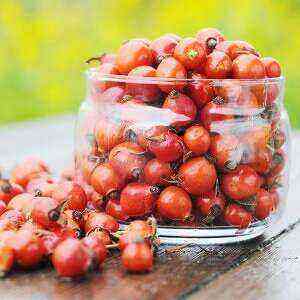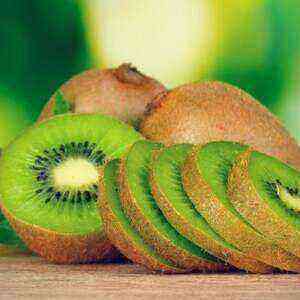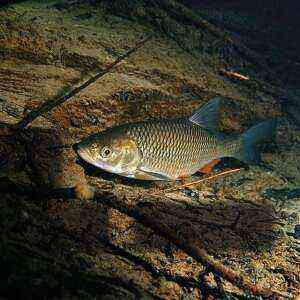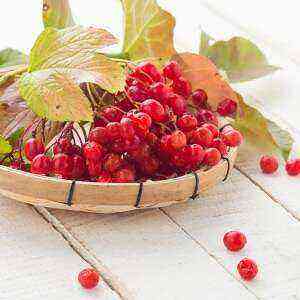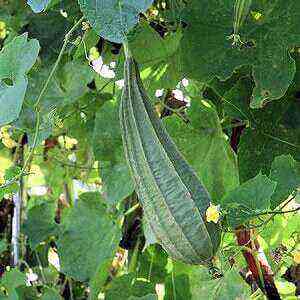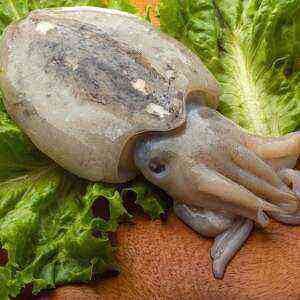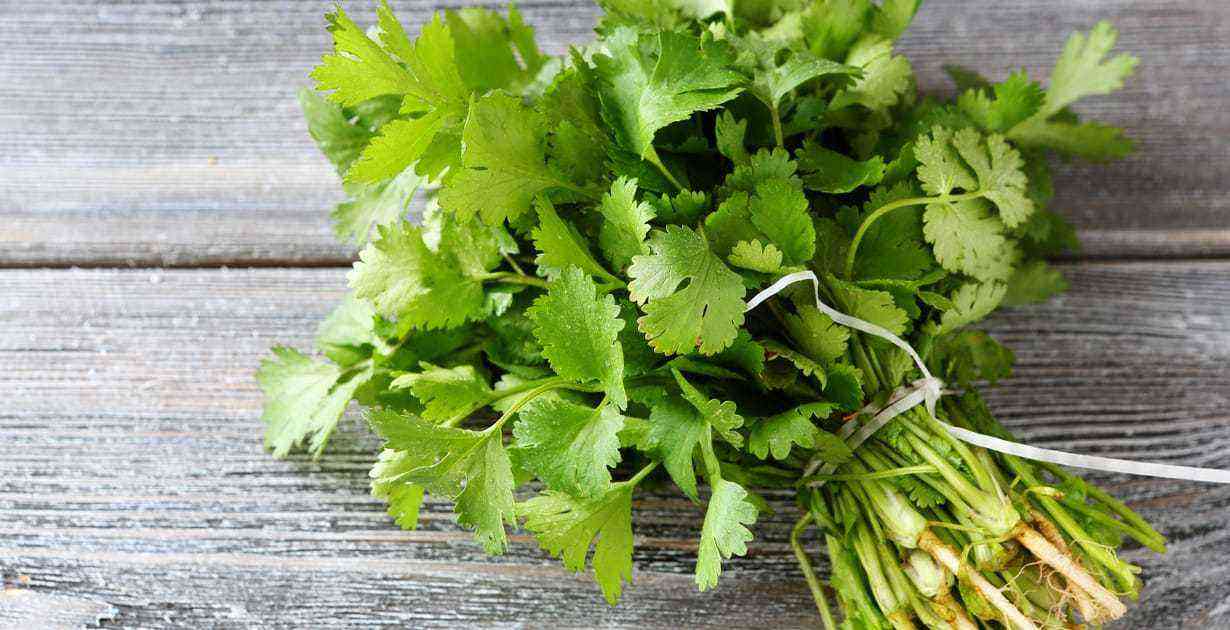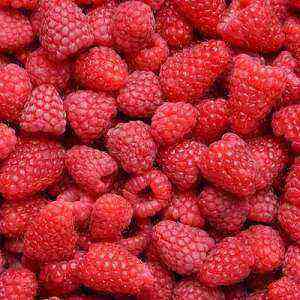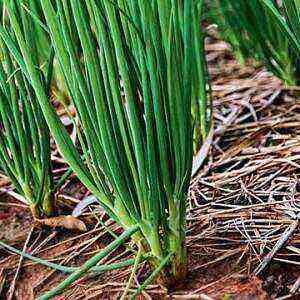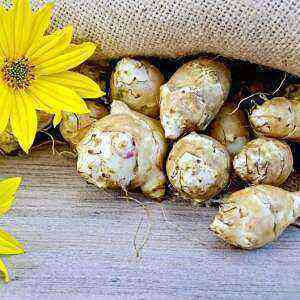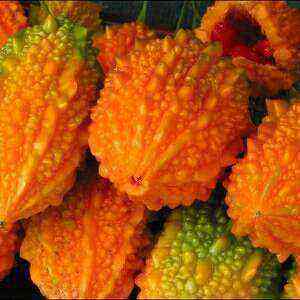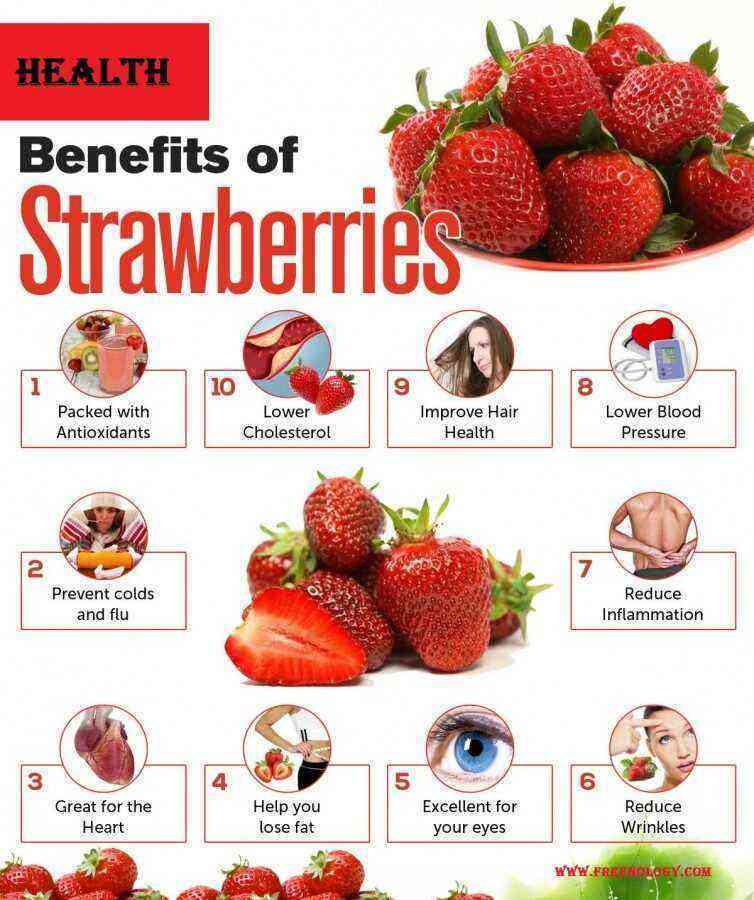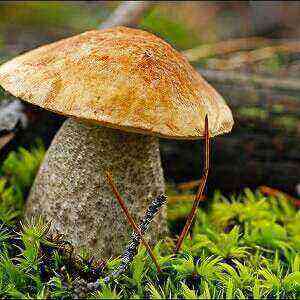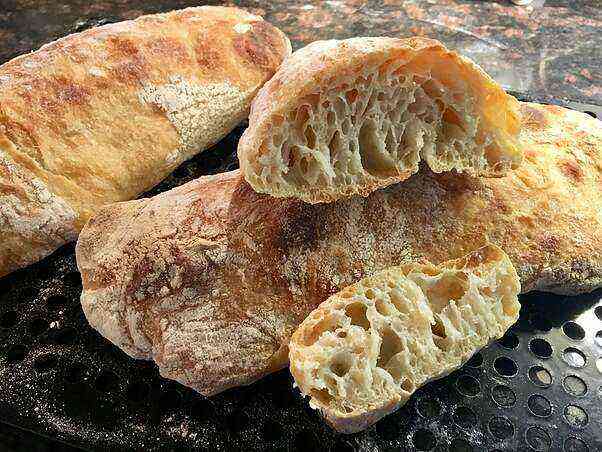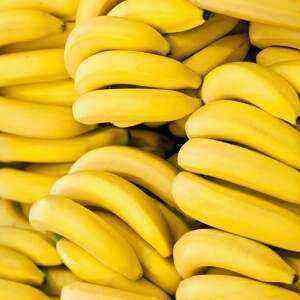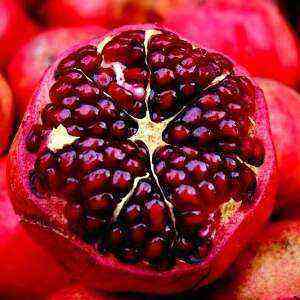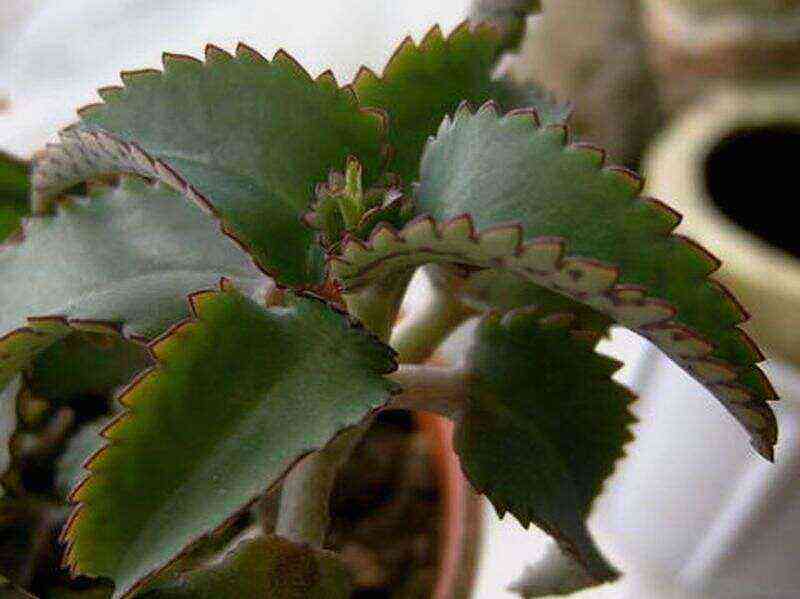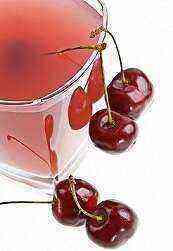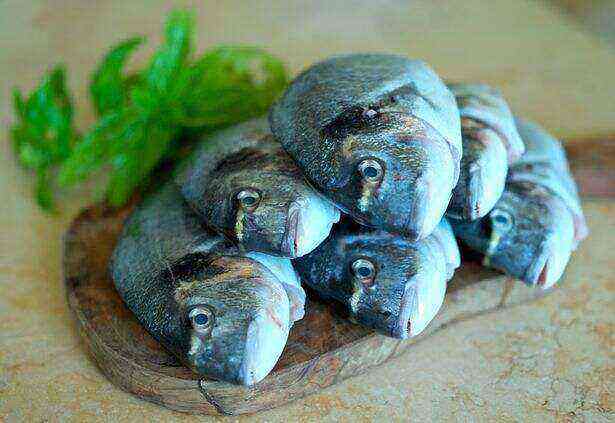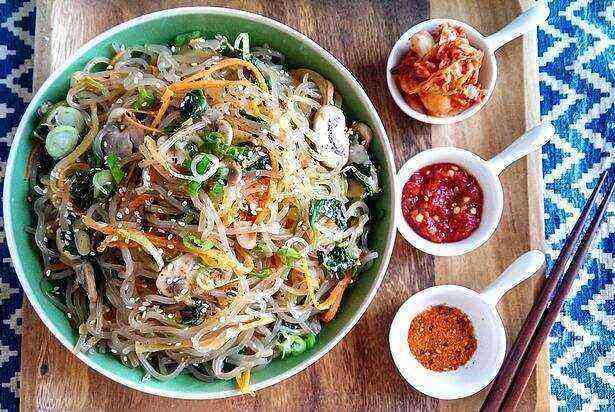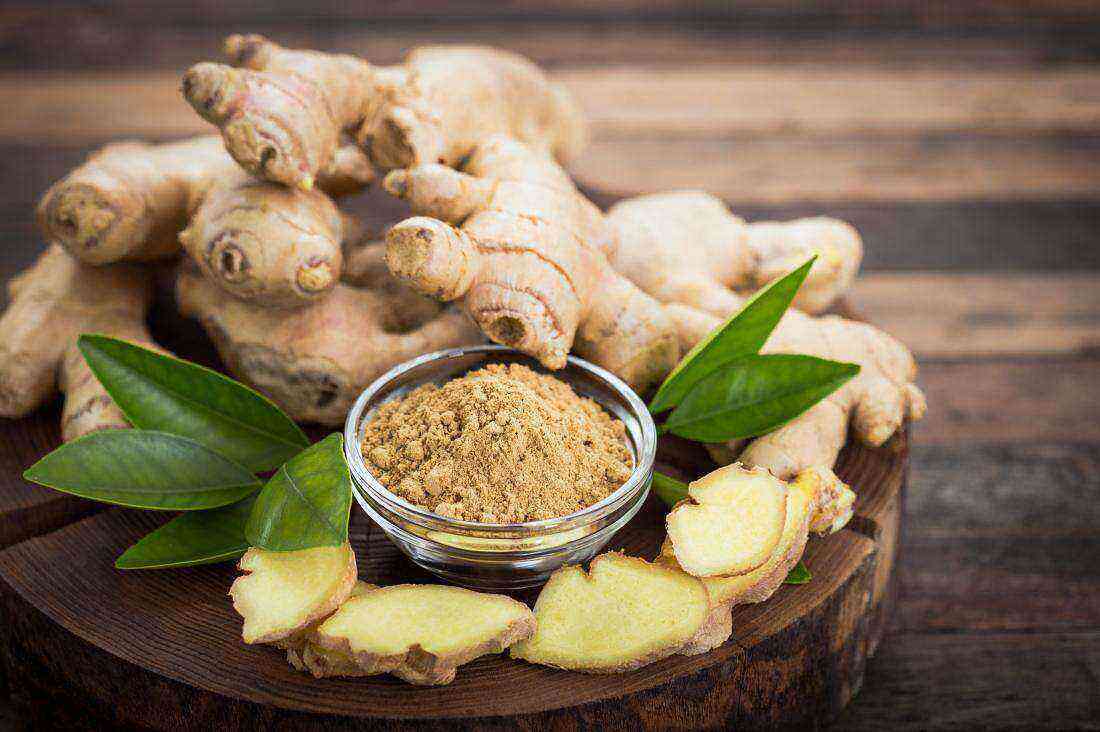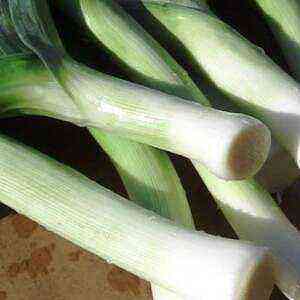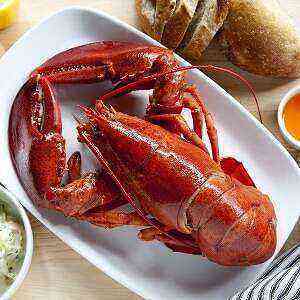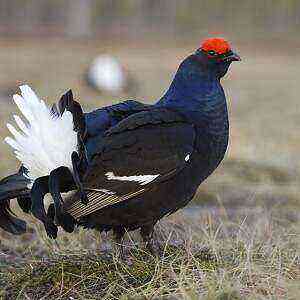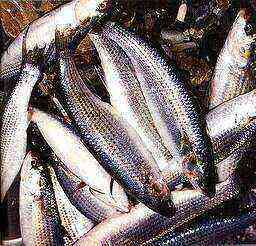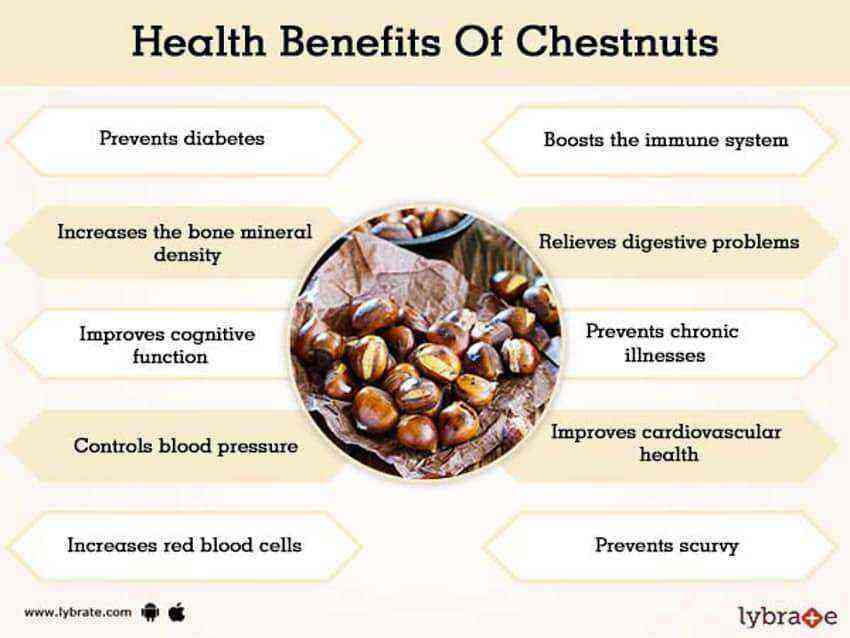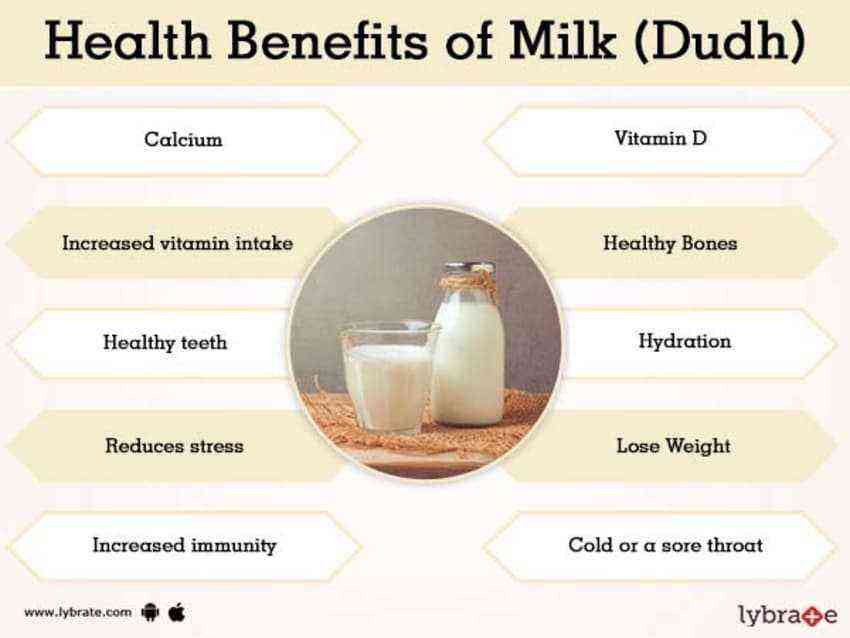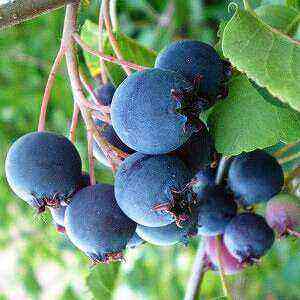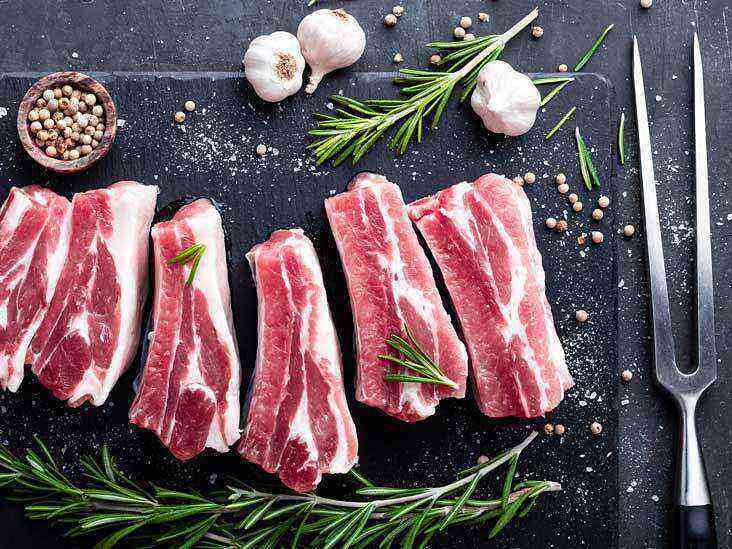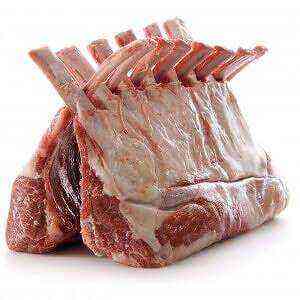Gumi, or multiflorous oak (Elaeagnus multiflora) is a berry shrub, the closest relative of sea buckthorn, but it is very different from it in appearance, taste, and properties. Gumi is grown as a fruit bearing and high-yielding berry, as well as a beautiful ornamental garden plant. The berry is distributed mainly in the east – its habitats are Sakhalin, the Far East, Japan, China, North Korea.
Gumi is often called “miracle berry” or “Sakhalin sea buckthorn”. In addition to its pleasant taste and decorative appearance, there are useful properties of gumi.
Composition and useful properties of gumi
The berry has a rich chemical composition, including many biologically active substances. The gumi contains atoncides, tannins, dietary fiber, amino acids, flavonoids, vitamins and minerals. Berries have a very high content of vitamin C – more than citrus fruits and even more than black currants – a real record holder for the content of ascorbic acid. Vitamins are found not only in berries (plant fruits), but also in the leaves.
What are the medicinal properties of gumi? Eating berries in food saturates the body with vitamins and minerals, helps with gastrointestinal disorders, stimulates blood circulation, has a tonic and tonic effect.
The benefits of gumi are indispensable for the garden plot as a whole – it is a soil-improving plant, and the trunk and leaves have phytoncidal properties. During the flowering period, the shrub serves as an excellent honey plant – yellow flowers with a delicate sweetish aroma attract bees.
Cooking application
Despite the fact that the beneficial properties of gumi are especially well manifested in fresh form, they are used for preparations for the winter: in compotes, preserves, jams, syrups, filling for baking and confectionery. The berries make wonderful sweet and sour sauces for meat. Gumi is often used in Asian cuisine – Korean, Japanese, Chinese, for making exotic sauces, side dishes and drinks.
